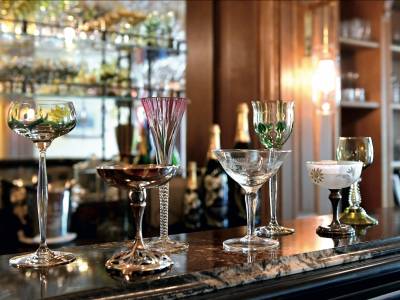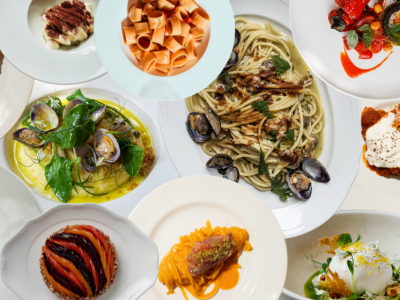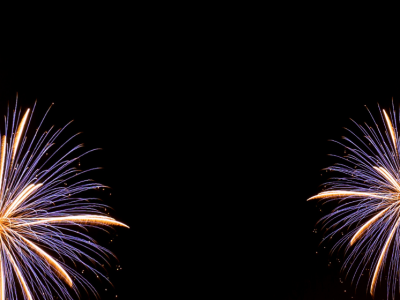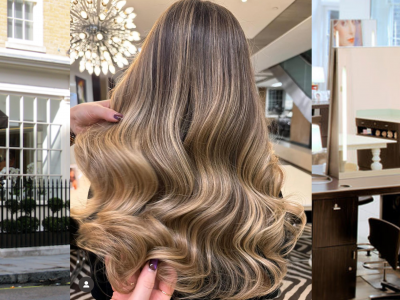The walk from the Hotel de Ville to the wine-themed garden known as the Jardin de Vignes, along the Avenue de Champagne takes the best part of an hour and passes some of the world’s wealthiest wine businesses — to say nothing of the millions of pounds worth of bottles in the 110 kilometres of cellars beneath. Actually, it needn’t take an hour.
Visit Champagne and Discover the Vintages to Drink Now
16th December 2022
Nina Caplan visits the Avenue de Champagne in Epernay, discovering Champagne owes its existence, in part, to its situation at a crossroads of Europe, where people stopped to trade for thousands of years. On her stroll along this storied avenue she find it more than lives up to its name as home to the biggest names in the fizz biz.
Most of the excitement is in the first kilometre, where elegant 19th-century mansions with world-famous names cluster like guests at a particularly good party. The Hôtel de Ville makes the perfect starting point. A mansion built in the 1850s by Victor Moët for his daughter and future son-in-law, and designed by the architect of Montparnasse railway station in Paris, it was given to the town in 1919 and a war monument built in front of its gracious façade. Around the building is a glorious park, open to the public, with a lake, statues, a ‘temple of love’ modelled on the Petit Trianon at Versailles and wooded walks. A little history and a little bucolic bliss make an excellent aperitif for the splendours of the avenue.
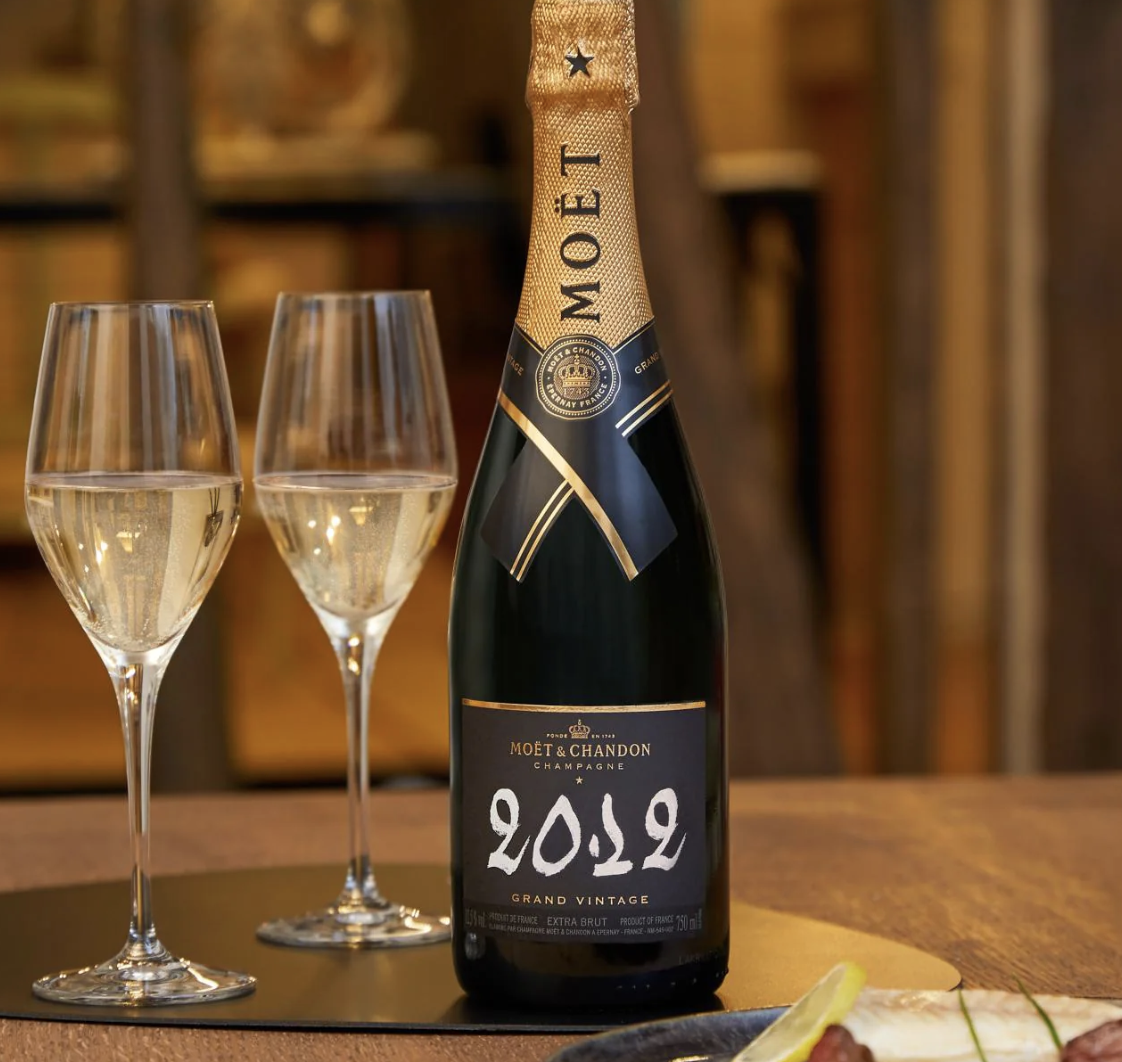
Moët & Chandon is just a minute away — which, in the era when Monsieur Moët was in residence, may well have felt a little too close for his new son-in-law. Now there are tours of the cellars and winery plus a tasting, and while you can’t visit Moët & Chandon’s orangery across the road — built as part of a residence for Napoleon Bonaparte, who seemed to find an excuse to pop in every time he headed to the Prussian front — it’s easy to peer through the gates and admire its curved windows and the walls as white as the chalk soil of Champagne.
One to try: Grand Vintage 2012, lovely biscuity Champagne from an excellent year.
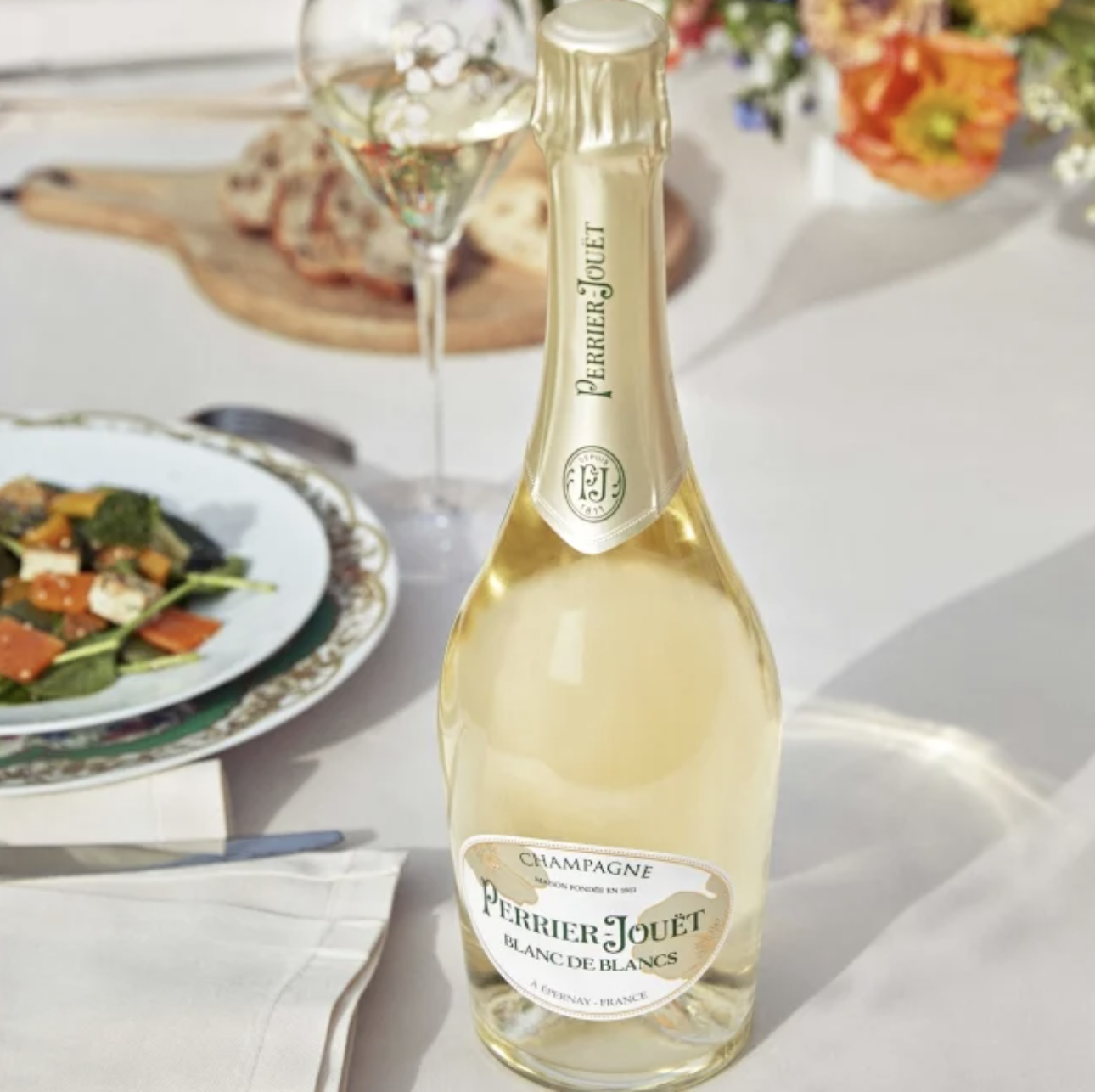
That chalk is great for vines, which work hard to suck water out of the porous soil — and even better for digging cellars. At Champagne Perrier-Jouët’s bar, Cellier Belle-Époque, no underground tours are on offer; instead, the paths between the garden tables are designed to exactly reflect the tunnels below. Inside, there is modern art and an artistic display of the brand’s distinctive enamelled bottles behind the bar. Even the glasses are decorated with an enamelled flower, its colour a code that indicates the cuvée inside. But when the weather permits, a glass of Champagne in the garden, facing the beautiful Château Perrier, which is now the Champagne Wine and Regional Archaeology Museum, is hard to beat.
One to try: Blanc de Blancs NV, lively, with a touch of sweet pear juice and a pleasantly bitter finish.
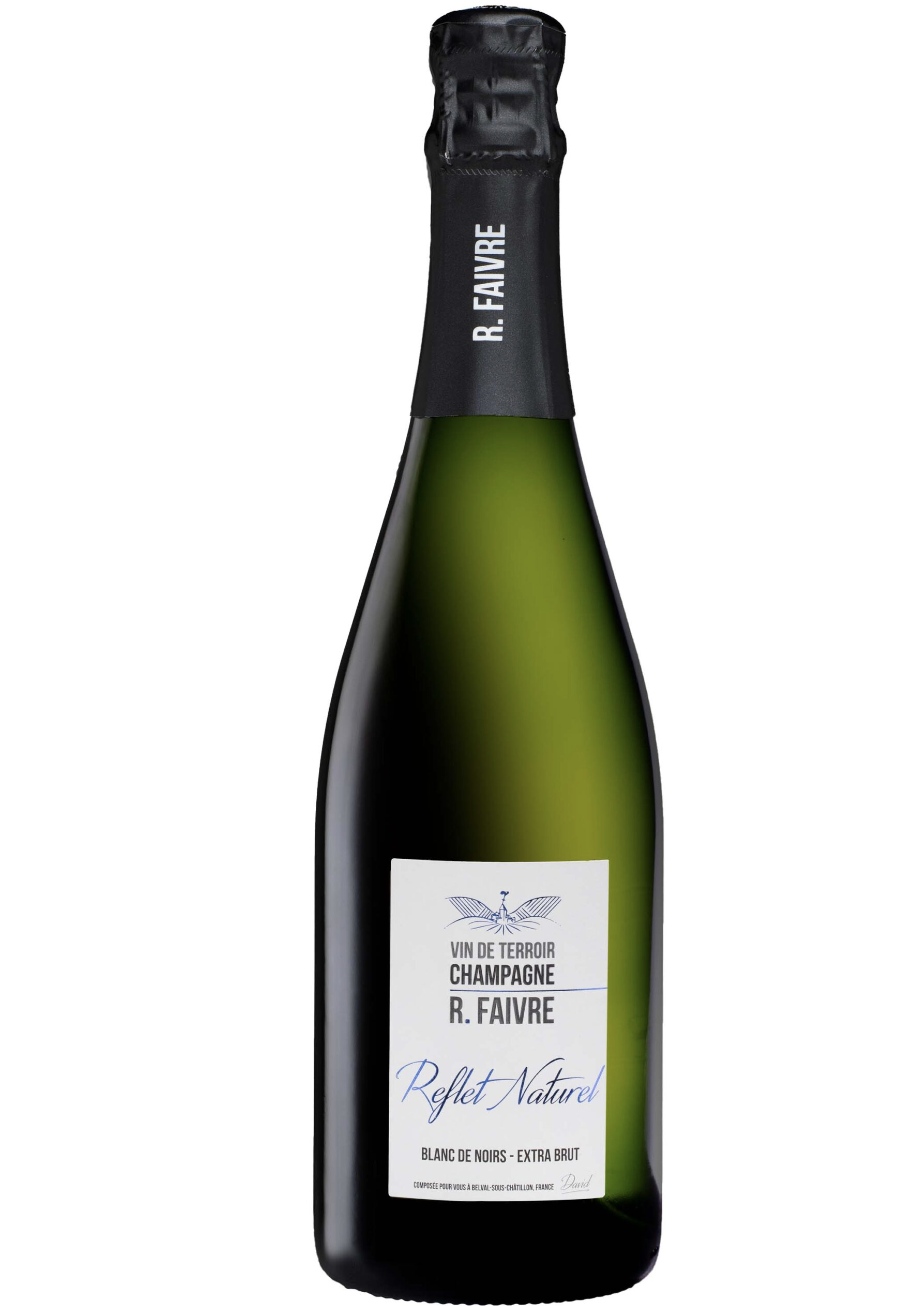
From there, it’s two steps across the road to the Boutique de Vignerons. Belonging to the regional wine organisation, this is the outlet for all those interesting small producers who can’t open their own doors to the public. A hundred bottles, grouped by style, offer a wonderful landscape to explore.
One to try: R Faivre Cuvée Reflet Naturel, 100% Meunier grapes; quince and lime.
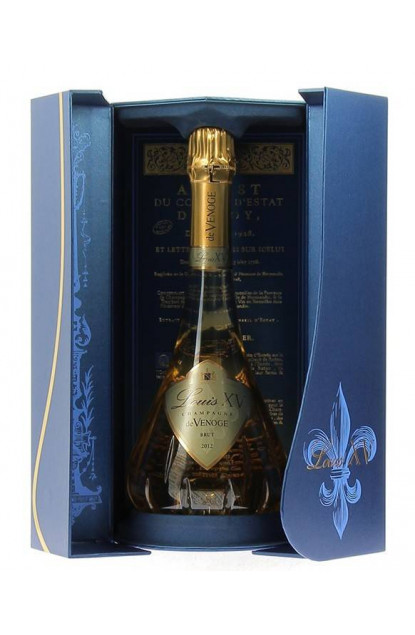
Next is Champagne de Venoge, where the former stables are now a bar and shop and, in the main mansion, they can still show you giant ledgers from the 19th century, the sales written in beautiful swirling script. There are three tiers of wines, including the all-vintage Grand Cru Louis XV series, named for the king who did most to benefit the Champagne industry: there’s a painting of him in the elegant salon, too.
One to try: Louis XV Brut Millésimé 2012, gentle yet sophisticated, with a lovely, rich nutty finish.
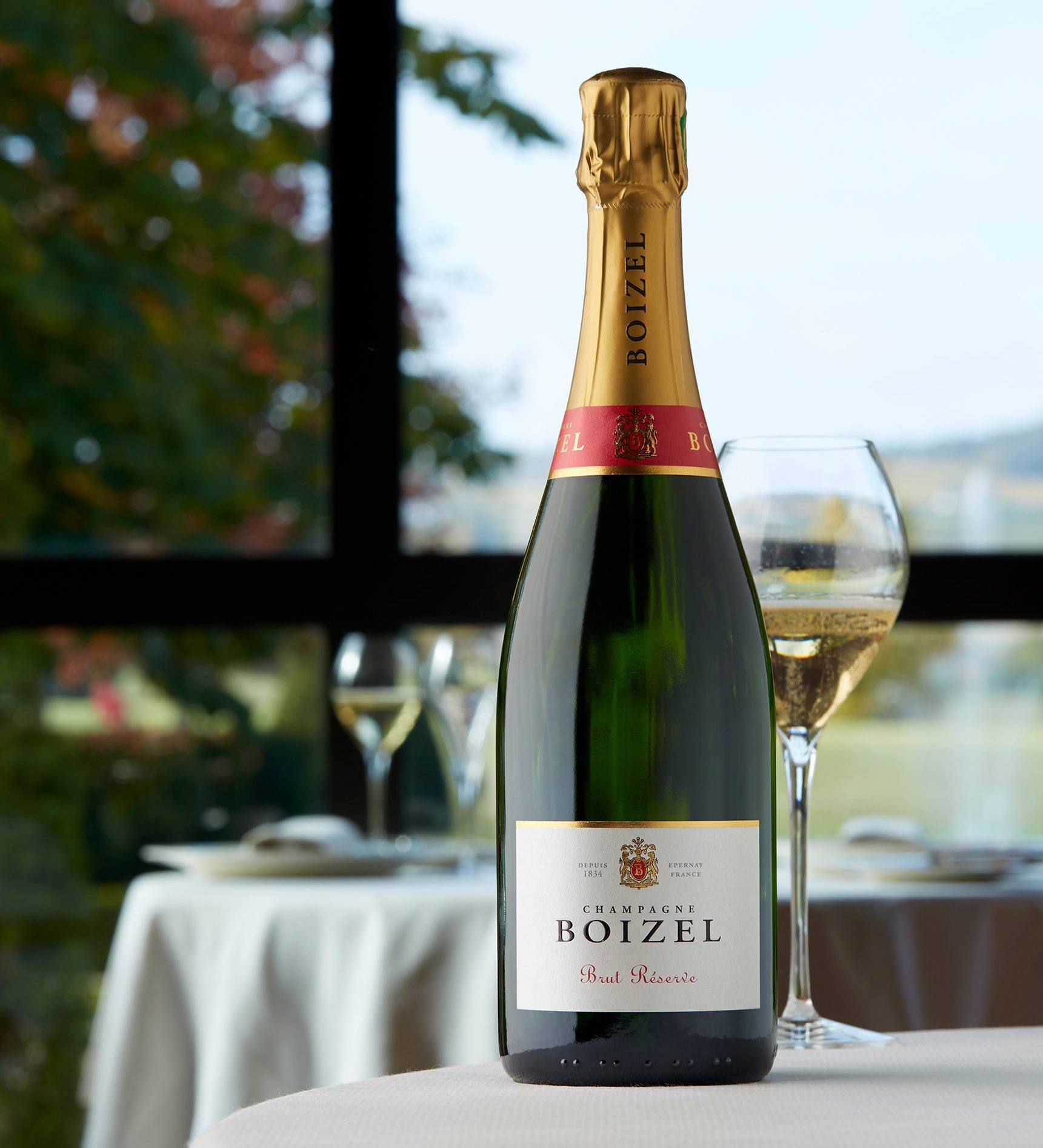
De Venoge is owned by Lanson, as is Champagne Boizel, opposite: the two share space in those vast underground cellars. There are still Boizels at the winery, and they call themselves the sixth generation, but that just dates back to the founding of the house, in 1834: the first Boizel married into a family already ensconced here, for who knows how many generations before that. They offer visits of the historic cellars, with tasting, in English and French.
One to try: Brut Réserve NV, perfumed with peach, apricot and baked apple.
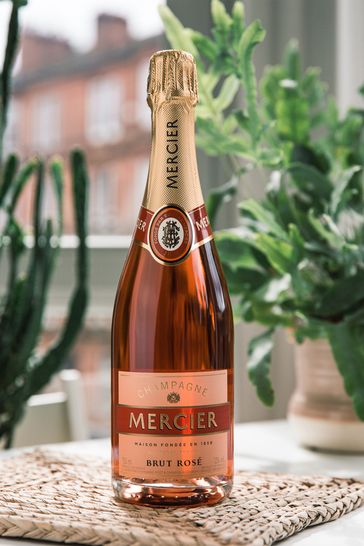
Champagne Mercier may be the only place that provides a driverless train for its cellar tour. The Merciers have always been showmen; for the 1889 World’s Fair in Paris, Eugène Mercier ordered a gargantuan barrel, filled it with 200,000 bottles of Champagne, then had it hauled to Paris by 24 oxen.
One to try: Brut Rosé NV, a tawny pink wine filled with tangy raspberries.
